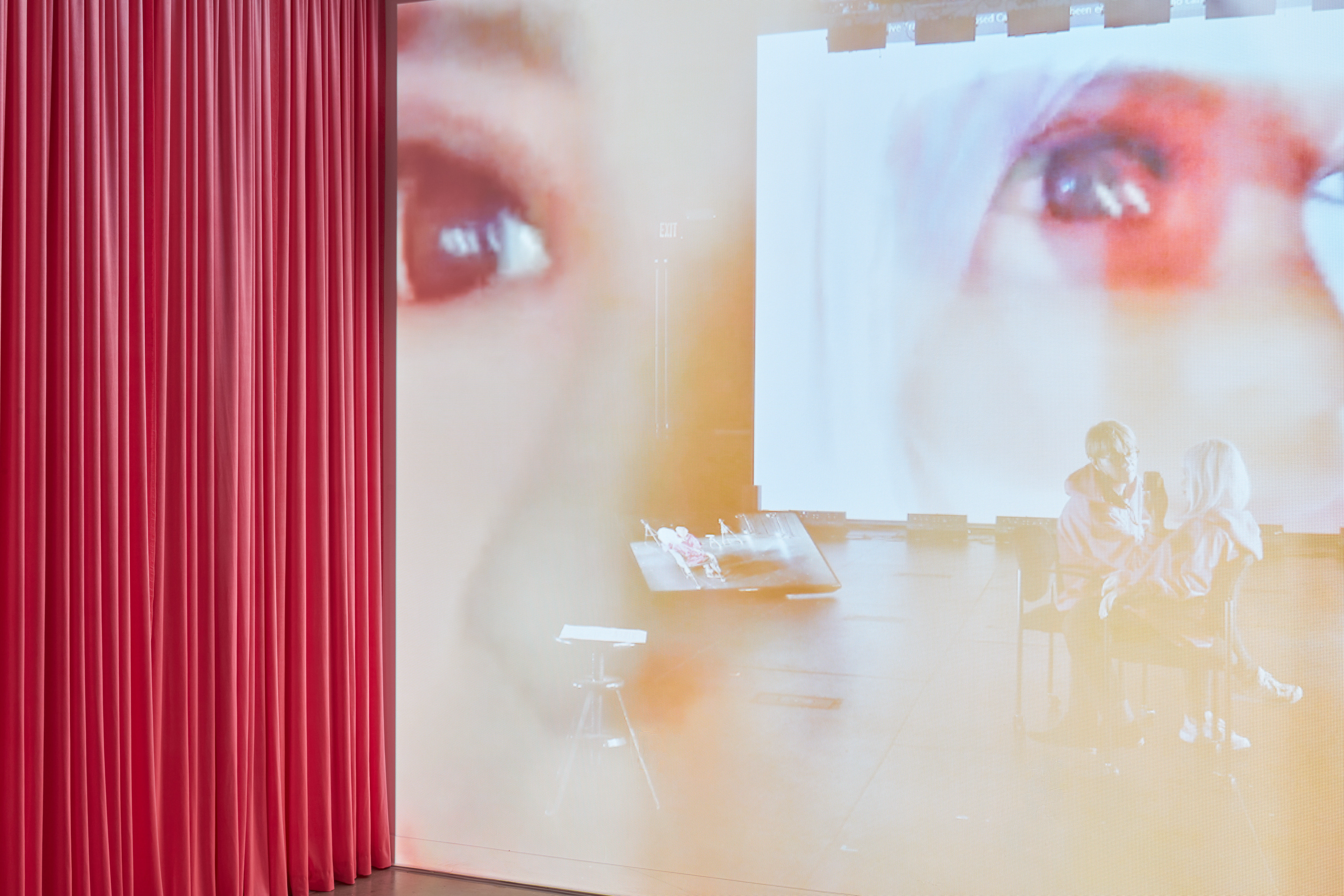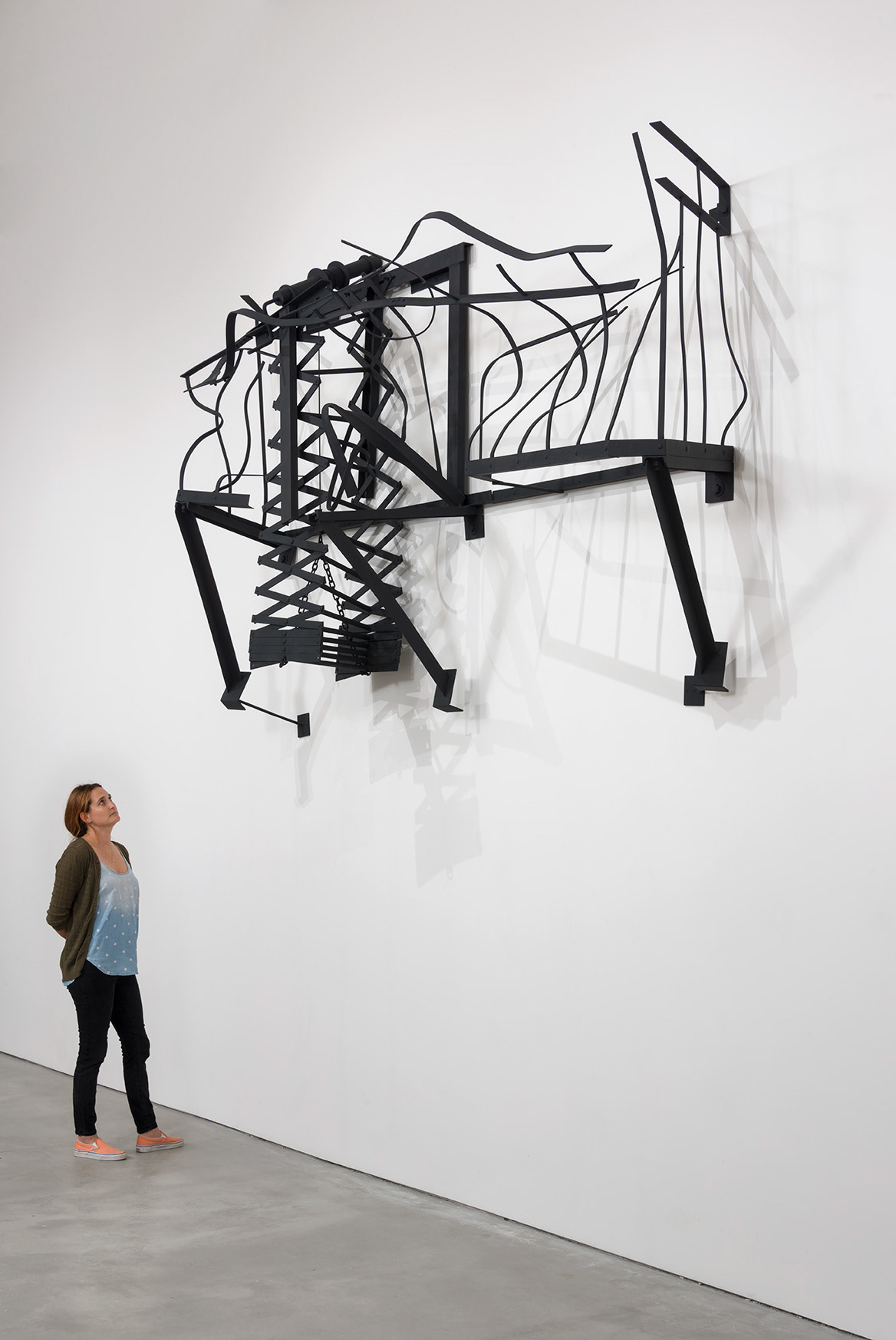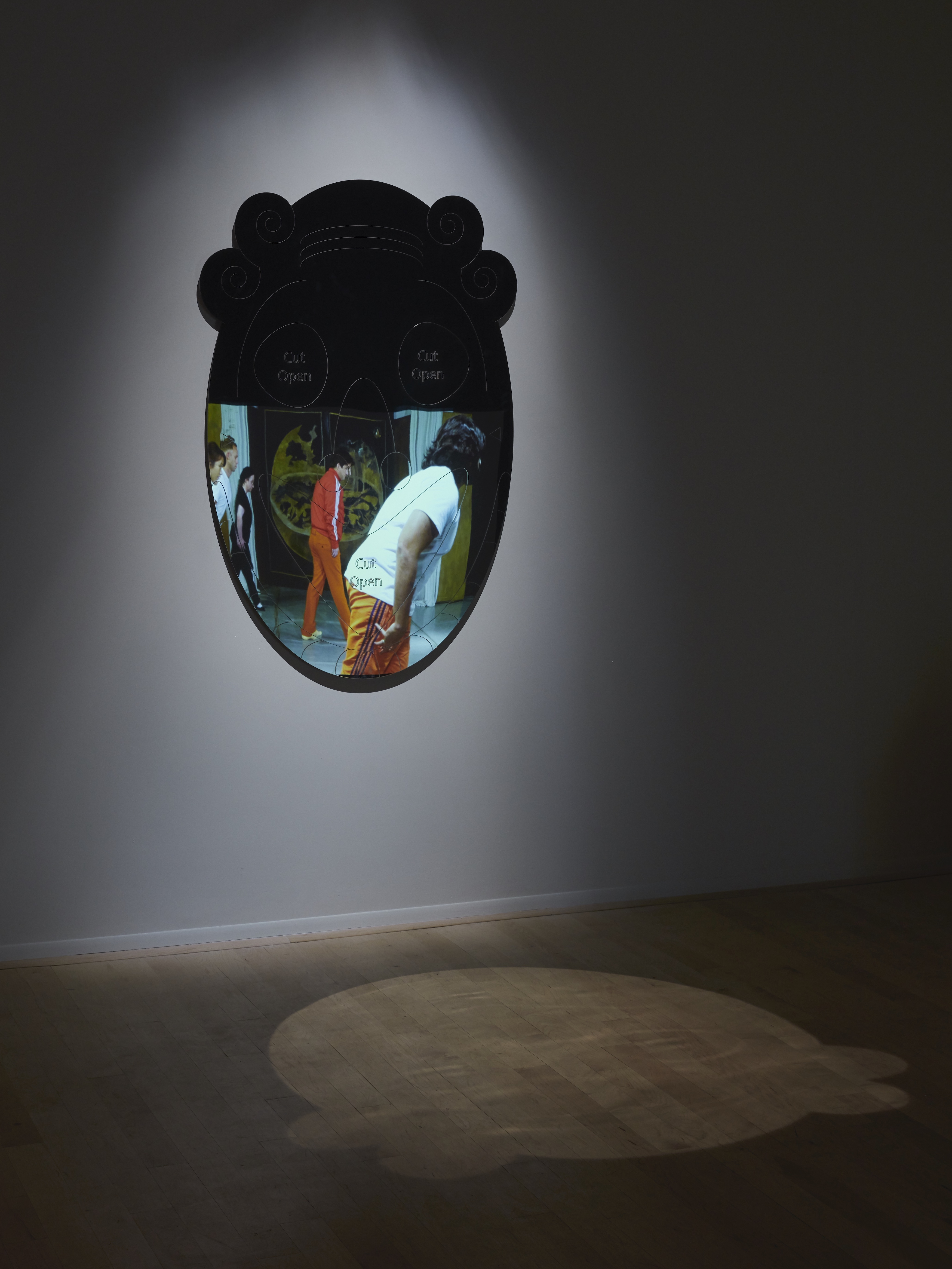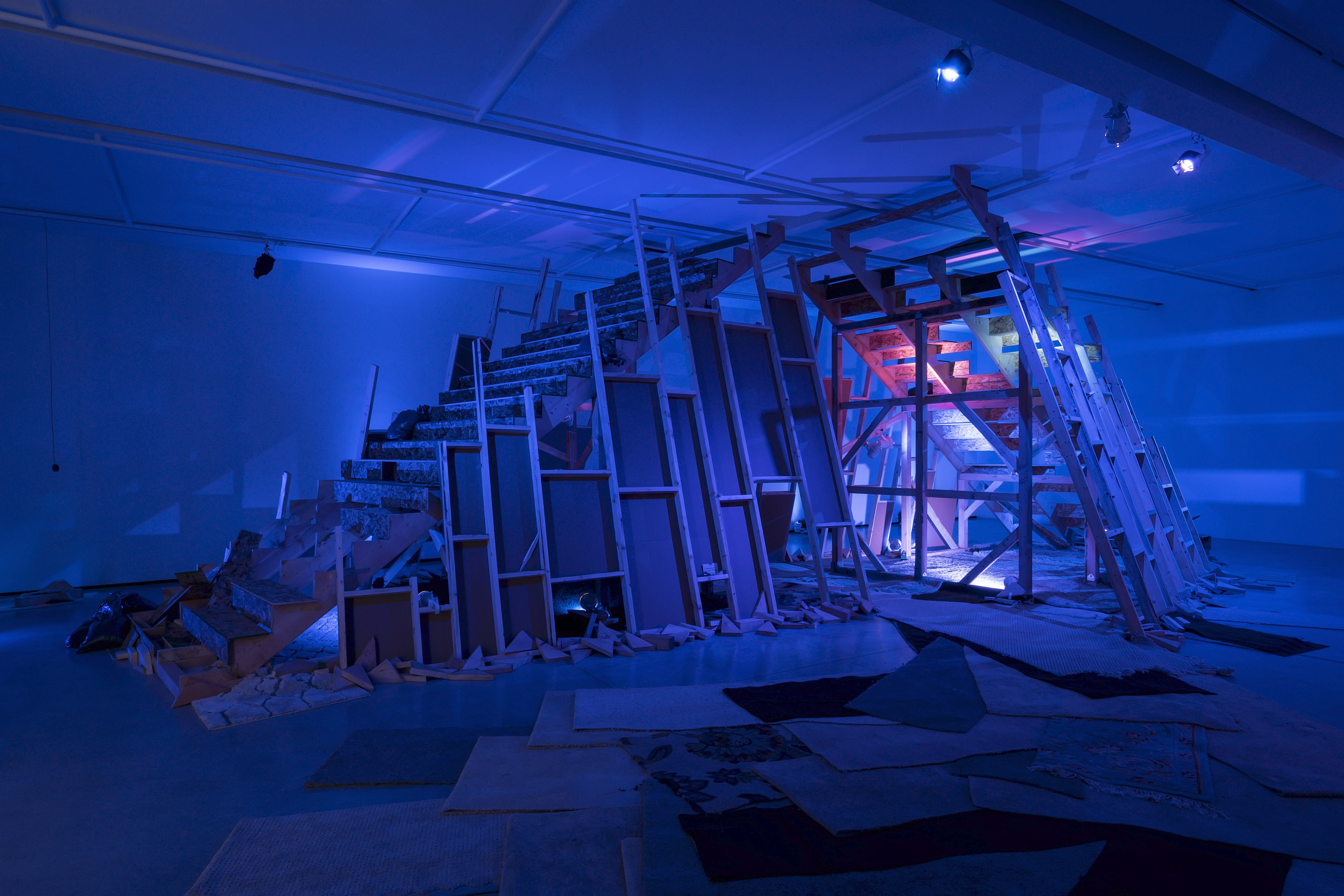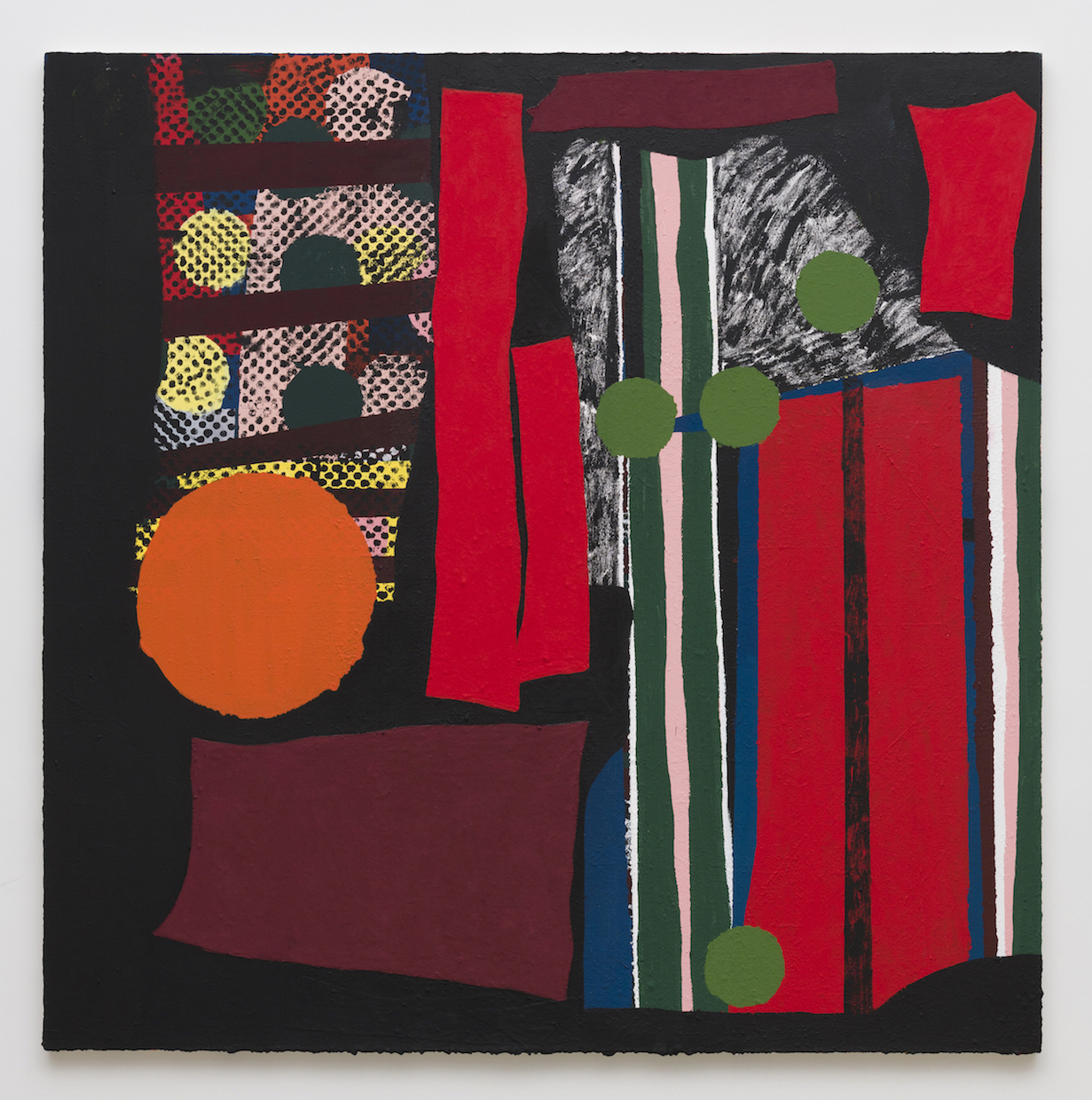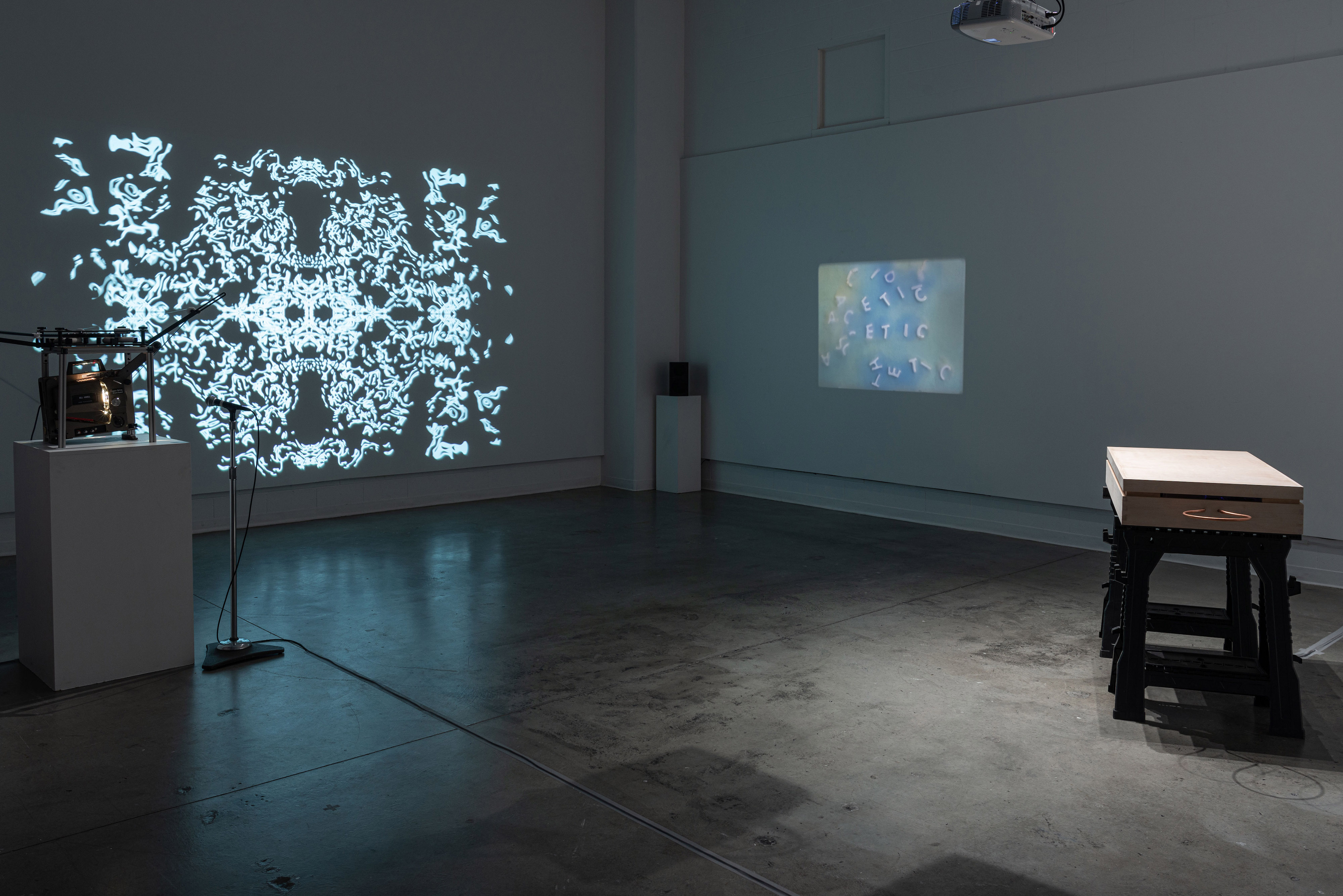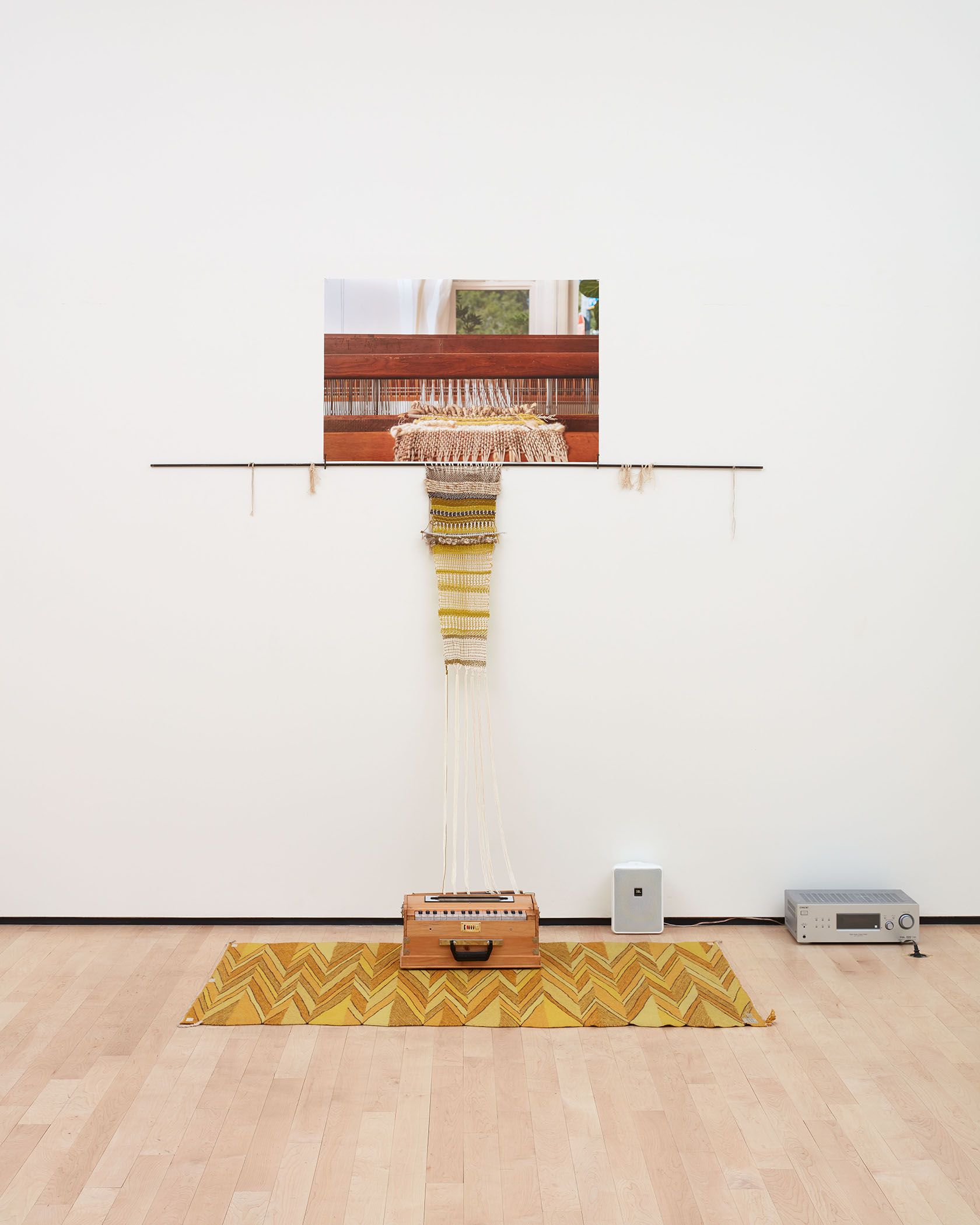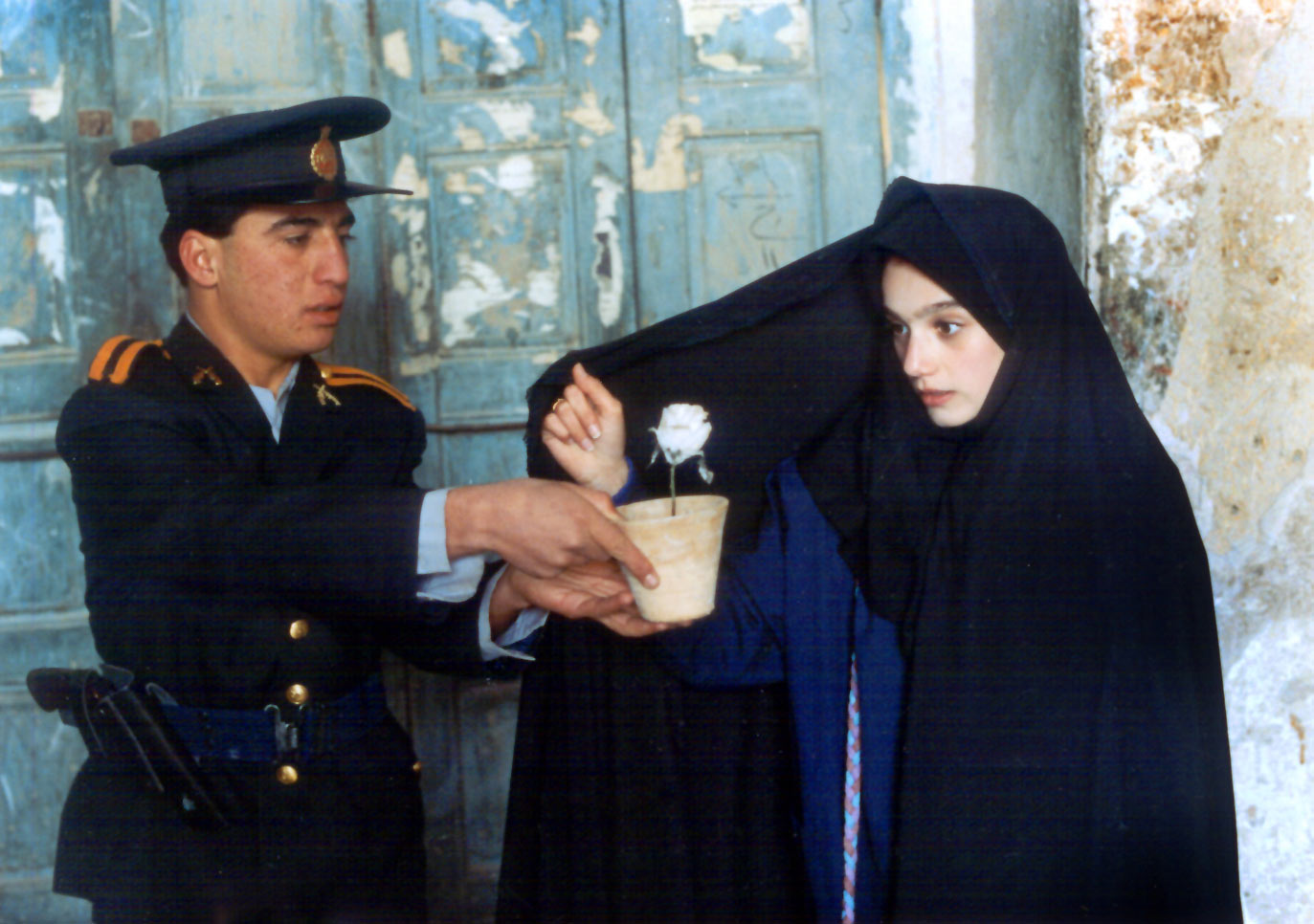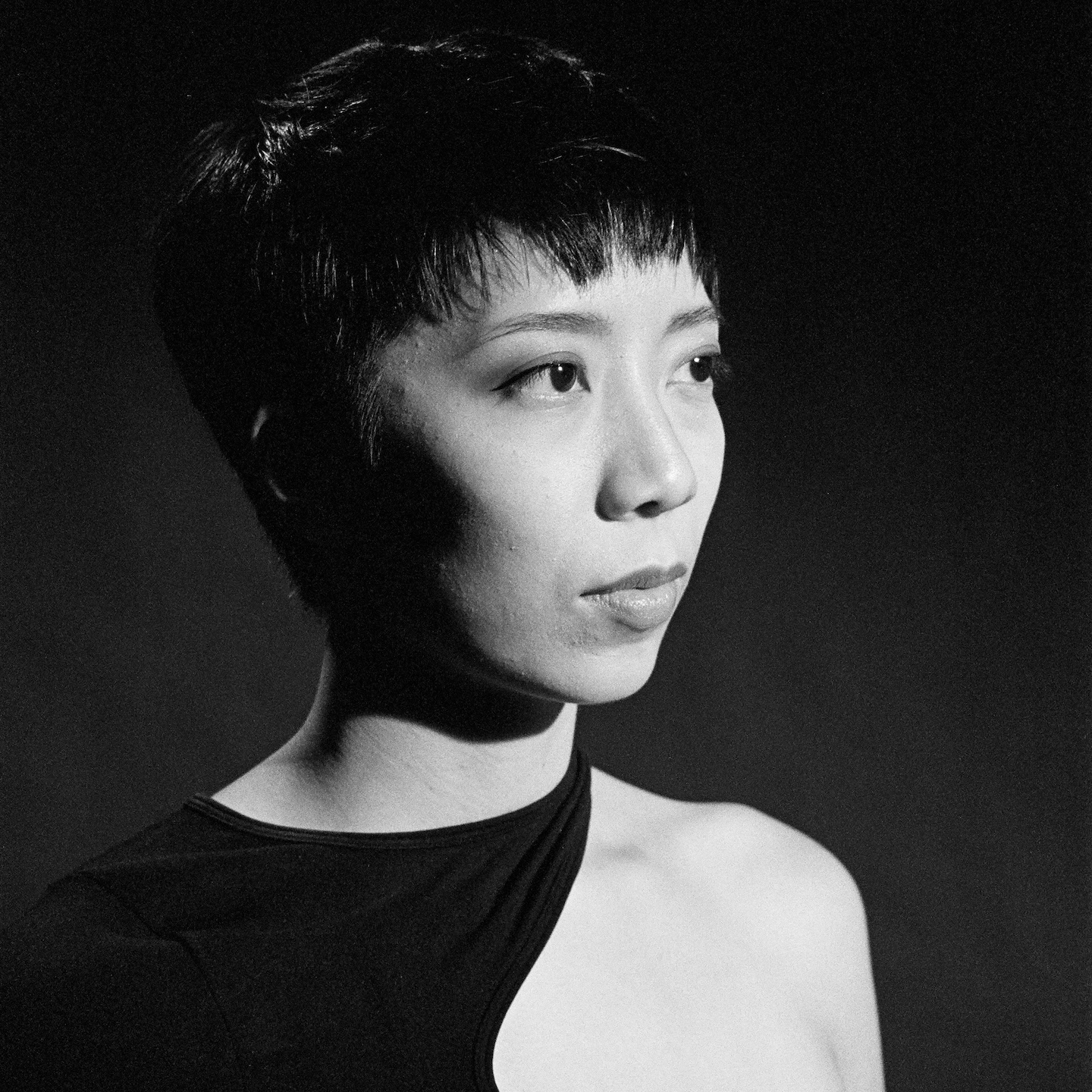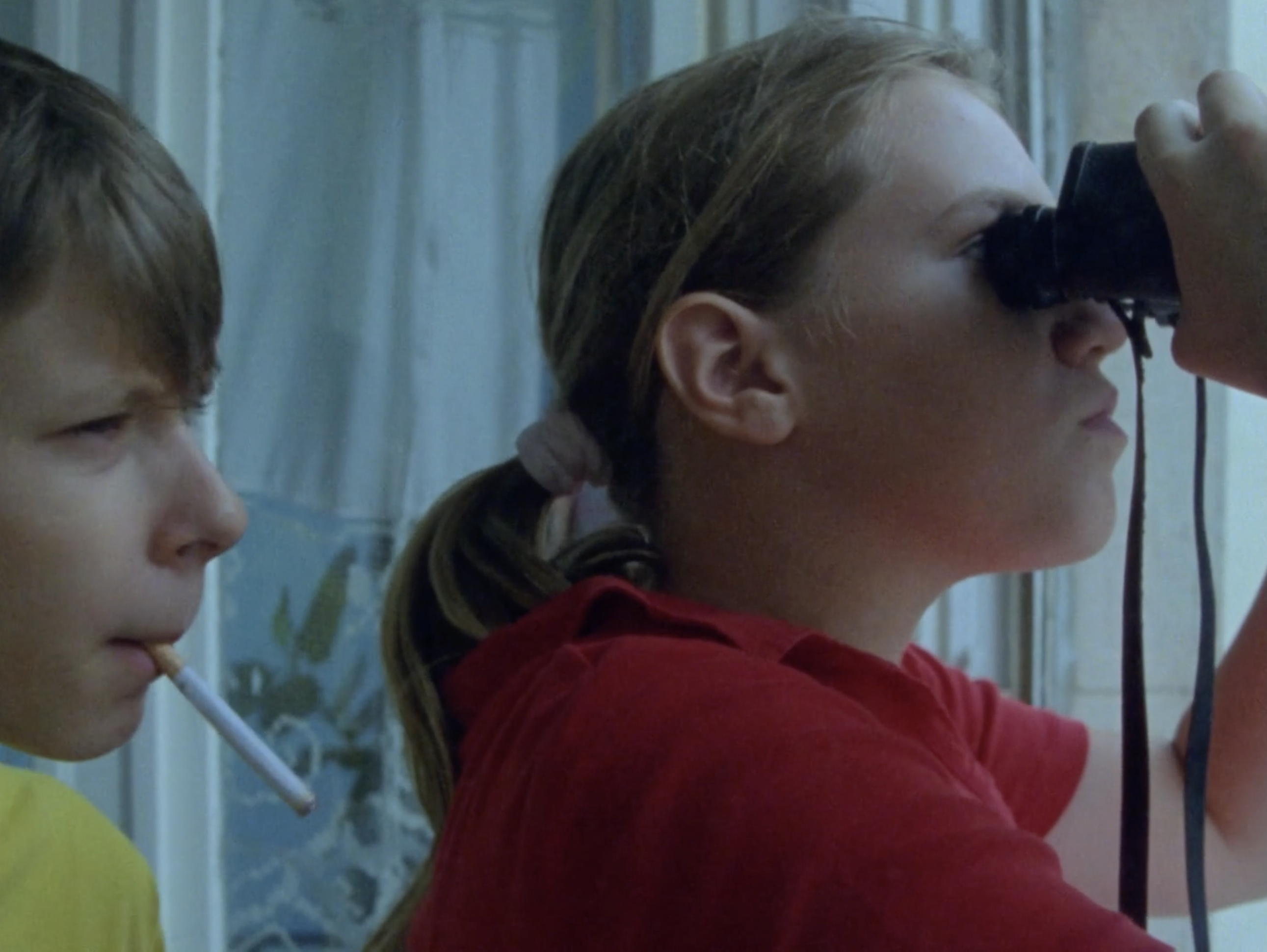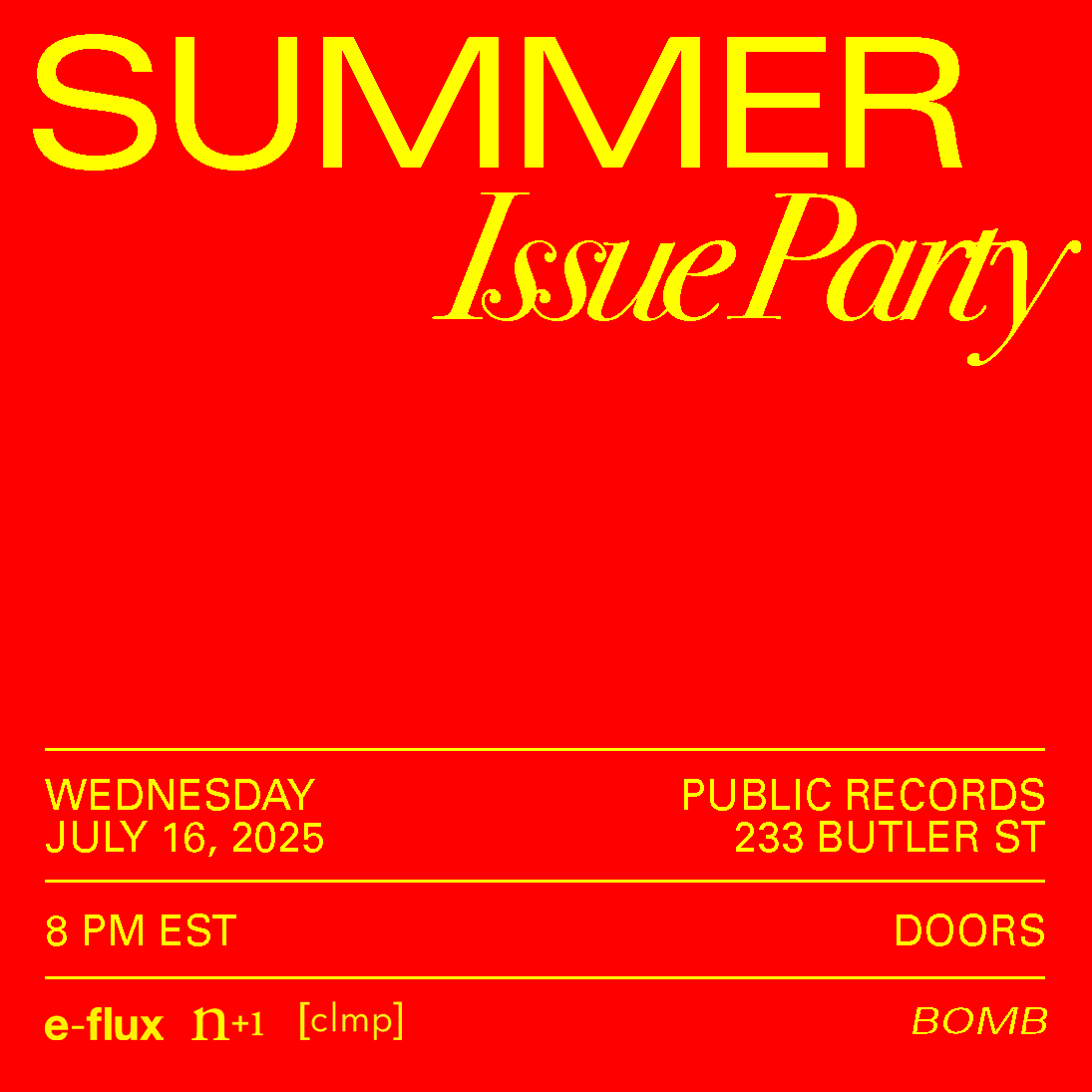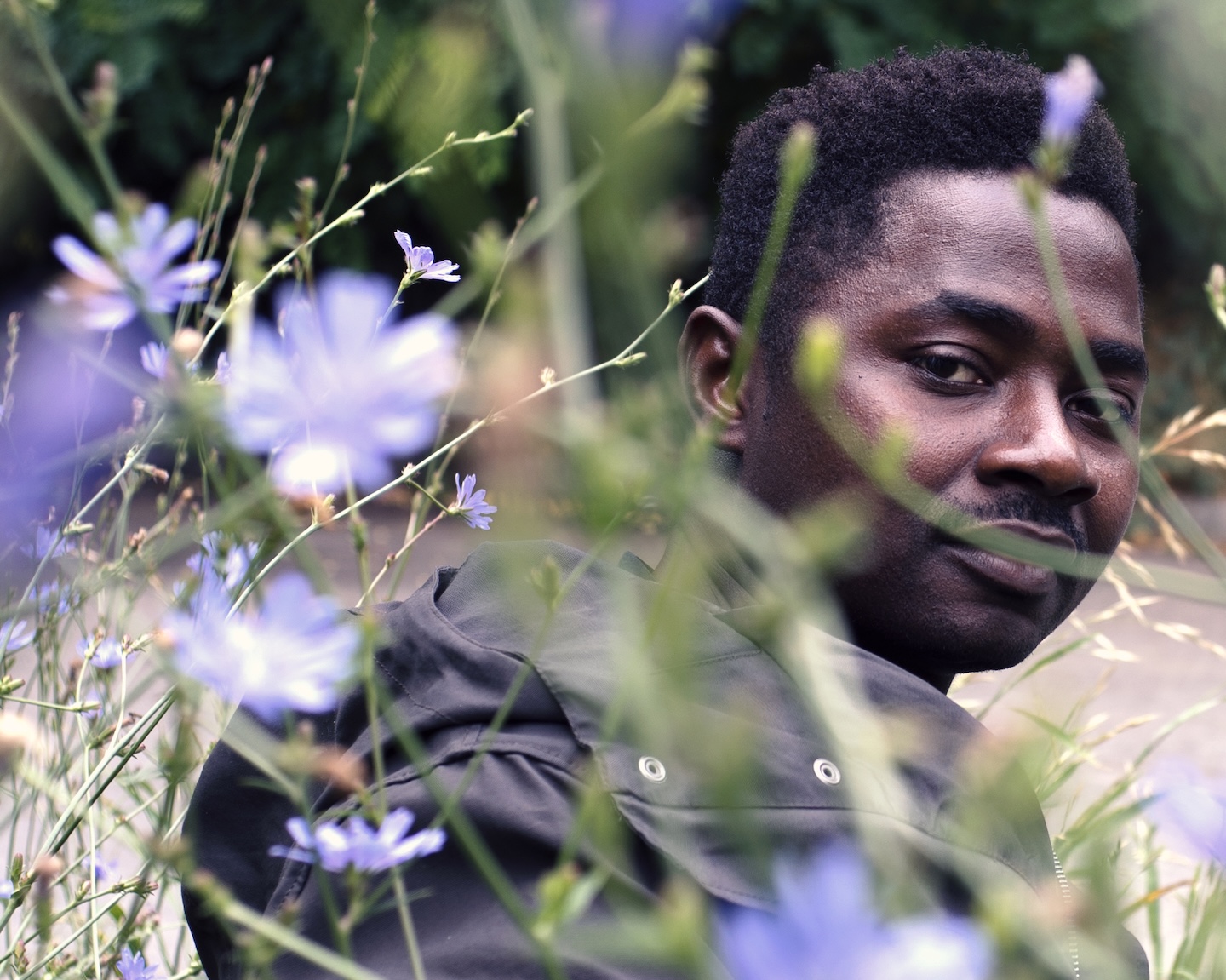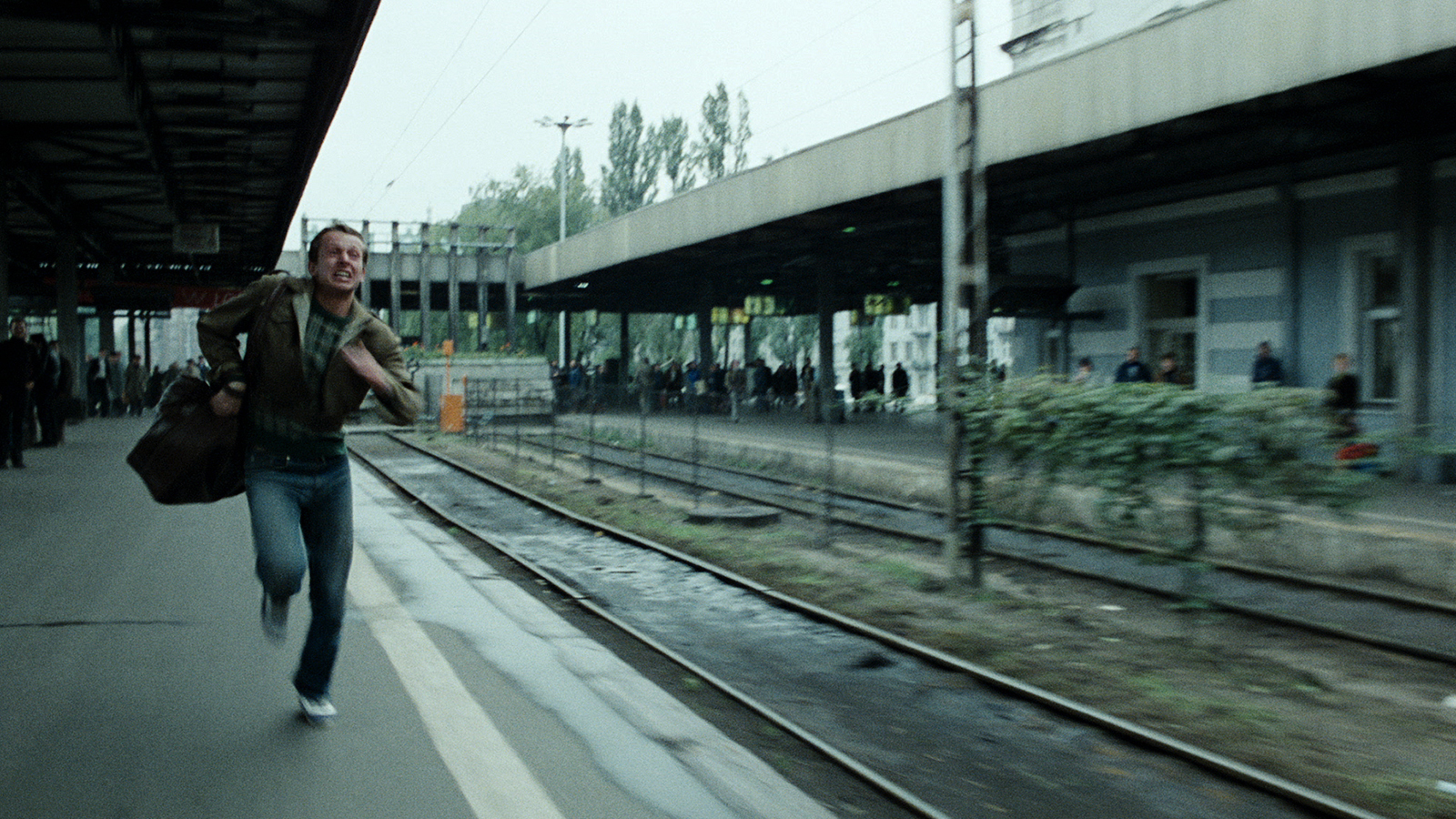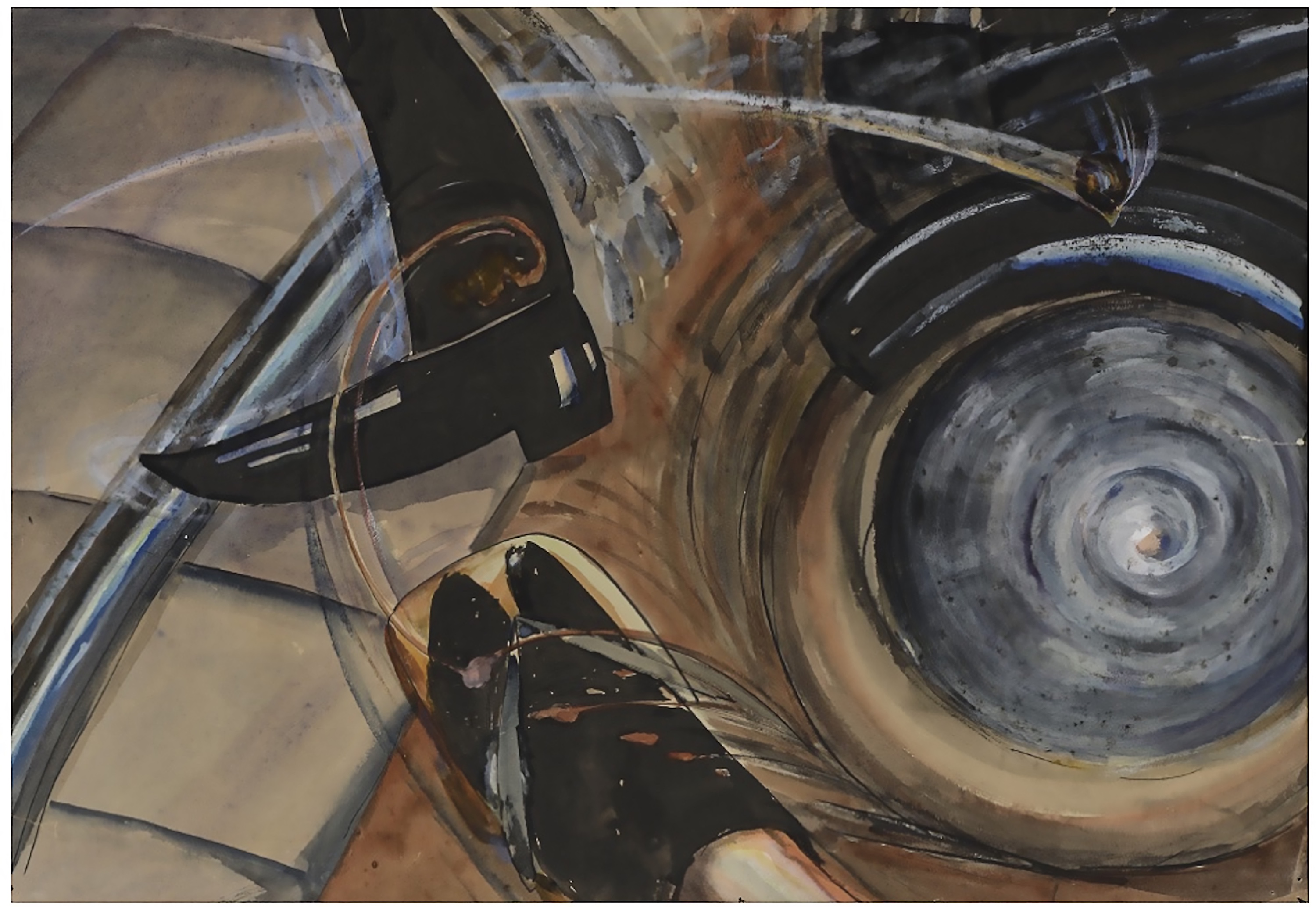1. Why did you decide to go into teaching?
I didn’t have much of a plan before I started teaching, but I’ve been doing it pretty much my entire adult life. In 1990, I was a young artist in New York who started teaching in public high schools through an outreach program at the New Museum. I did that for seven years before teaching in art schools and universities. As time went on, teaching felt like a good fit and more and more meaningful as a way to be in the world.
2. What drew you to your school and what is your teaching philosophy?
Three things drew me to the University of California, Irvine (UCI). First, when I joined the faculty twenty years ago, the art department’s operative orientation as an interdisciplinary and conceptually oriented program with an ethos of challenging social and political structures like white supremacy and patriarchy was already in place. Second, UCI has historically been an important center for critical theory in the United States, with figures like Jacques Derrida looming large throughout the years. Critical theory is, by definition, interdisciplinary, so there is a lot of collaboration and dialogue across departments on campus and beyond. For instance, my thematic seminars have been cross-listed in Asian American Studies, Visual Studies, and Critical Theory, where I am also on the faculty board. Third, as one of the art schools in the Los Angeles area, UCI is part of a thriving community of artists supported by a combination of established institutions and DIY spaces, which is quite enriching.
My teaching philosophy gets a tune-up every once in a while, but in general, I think teaching functions in a setting where, because it is pedagogical, transference has already taken place. My task then is to hold that space with care and attention so as to defend the students’ right to an education. The content always varies from student to student or class to class, but the basic premise of listening deeply and responding accordingly remains.
3. What theory and art history do you consider most essential for your students? What artist or artwork do you refer to most often?
I once coedited, with Zoya Kocur, an art theory volume, Theory in Contemporary Art since 1985, which was published in two editions. The sections we devised for the second edition—“The Field of Contemporary Art,” “Practices and Models / Rethinking Form and Content,” “Culture / Identities / Political Agency,” “Postcolonial Critiques,” and “Art Subjects / Historical Subjects”—were indicative of what we thought at the time would be a basic education in theory for art students. In the decade since, I would include more writings that speak to the way the history of capitalism, imperialism, and colonization is bound up with mechanisms of the psyche and with the legacies of art traditions. In the last few years, I have taught from Lisa Lowe’s The Intimacies of Four Continents; Cheryl Harris and Sarah Ahmed’s work on Whiteness; and Anne Anlin Cheng’s work on race and melancholia. Leo Bersani remains important as a model for psychoanalytical thinking via form. Last year, I taught a seminar on Douglas Crimp because he was singular as someone who moved through different discourses (postmodern art criticism, AIDS activism, queer history/theory, film, dance) and who outlined his own investments as well as his limits. I often teach Rosalyn Deutsche and David Joselit because I appreciate how they are committed to thinking with art and lay out complicated arguments but also produce interpretations that open up rather than reaffirm art history. Some theorists whose work I teach, but not systematically, include Achille Mbembe and Catherine Malabou. Besides Marcel Duchamp, the artists I often want to think more deeply about with students are Yvonne Rainer, Adrian Piper, Emory Douglas, Christopher D’Arcangelo, and Tehching Hsieh.
4. How do you navigate generational or cultural differences between you and your students?
Art is a site of and for contamination. I don’t necessarily respect “generational” as a reliable generator of “difference,” especially in terms of art across time, and especially for those who don’t remain fixed in how they approach their work. Similarly, I think of art (or theory or history for that matter) as where culture is produced, so I don’t think of “cultural differences” as being exterior to any art situation. The task, for me, is to open up the possibilities of art as a multitude and to think and try to be with the different register of time that is always already in the work of art. At the same time, I would like to find a more nuanced way to think about the students’ experience as it is grounded in different contexts without them immediately assuming that they either “should or should not” identify with something. I think it’s important to slow down the time of thinking difference, to pay attention to how we come into our identities and subjectivities.
5. What changes would you like to see in art education?
I would like to see a deeper discussion across art education on the way power operates across institutions of art. For example, the way universities, art education, museums, etc. are all a part of an economic and political system that connects the realities of lives lived under extremely unjust and unequal economic, social, political structures. For this reason, I am interested in the recent work of Nizan Shaked, who is analyzing how art and art institutions are complicit in the accelerated erosion of democratic public spheres that has been facilitated by the neoliberal policies of the last few decades.
6. What is your educational background? Did you arrive at art from another field?
I studied art and critical theory at UCLA and the Whitney Museum Independent Study Program in the 1980s.
7. How have recent cultural movements and activism informed your curriculum?
It’s a continuation of what I’ve always taught, so for me, it’s not so much a change in the curriculum per se, but the way we can now have discussions on subjects like feminism, gender identity and sexuality, white supremacy, anti-Blackness, settler colonialism, economic inequities, labor, fascism, or nationalism right off the bat in a nuanced and sophisticated way. This is true for undergraduate and graduate students—on the whole, they are more radicalized than I’ve ever seen in all my time teaching.
8. How much structure or independence do students have in your courses?
Ours is an interdisciplinary program where students take independent meetings, critiques, or thematic seminars every quarter over the course of three years. The structured required courses for the MFA degree are: a theory/art history orientation seminar taken during the first quarter of the first year; a colloquium class where students attend lectures by and meet with visiting artists, which can be taken multiple times; a thesis exhibition class in preparation for the thesis exhibition; and a thesis writing course in preparation for the written thesis. Many of our students take seminars outside the department and obtain graduate emphases in programs such as critical theory; visual studies; law; and society and culture in addition to their MFA in art.
9. How does the program connect students to the surrounding art scene? How do they learn outside the classroom?
It’s very well-connected to the LA art scene because it’s simply a part of the LA art scene. Historically, Los Angeles has been, as my former teacher Mike Kelley called it, “art school central.” The art world in our city is largely made up of people who came to art school in LA, so it’s quite nice for people to continue their relationships and dialogue beyond formal education. In addition, it seems that all students at the art schools in the area are often already friends with, or they reach out to, one another.
10. What advice do you give to your students as they leave school and enter the field?
Develop a way of working that can be sustained in the long run beyond the intensity of the moment of graduate school.




